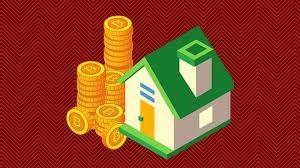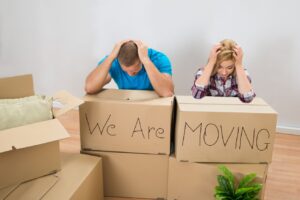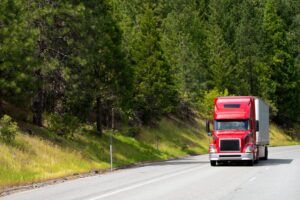Shades of Green Building – Measuring (And Reducing) Carbon Footprint
What really makes a building green? Can a big house be green? What role does durability play? How about the context of the surrounding urban form?
The blog TreeHugger recently offered the following measure of a building’s sustainability:
Energy Efficiency + Building Area + Embodied Energy/Durability + Transportation Efficiency
It’s a handy snapshot of the factors that we should think about as green builders and dwellers. And each element of the equation can be improved with real, on-the-ground, construction strategies.
Energy Efficiency & Building Area – Ultimately this boils down to how much energy we each use in our homes or businesses: energy use per capita. Key green building strategies:
- Home Performance uses home energy audits to uncover efficiency problems and prescribes strategic and cost-effective energy efficiency improvements to existing residences.
- Passive House technology, with its tight building envelope and heat-recovering ventilation, is a powerful way to achieve impressive energy efficiency for new homes and even remodels.
- Simply build smaller. After all, bigger spaces mean more air to heat or cool and more rooms to light. Smaller homes like Accessory Dwelling Units can play a big role here. (Or should I say a “small” role?)
Embodied Energy – In addition to ongoing energy use, we need to consider the energy that goes into actually building a structure: its embodied energy. While this number is usually a lot smaller than the energy used to operate a space over the course of a building’s lifetime, it is still an important part of the sustainability equation. Key green building strategies:
- Use reclaimed, “upcycled” materials, sourced both on and offsite. These materials preserve embodied energy and embodied narrative, too.
- Remodel! When we remodel homes or businesses, we are in effect upcycling existing structures for new life and new functionality. Inherently green.
Durability – No matter what its environmental rating, if a building ain’t durable it ain’t really green. Replacing flimsy or poorly installed materials is costly financially and for the earth. Same story when forced to scrap falling-apart structures. Key green building strategies:
- Use quality materials sourced by qualified building professionals.
- Employ the exacting craftsmanship of an experienced builder.
- Build based on lasting designs. Functional, beautiful designs are sustainable because they offer lasting values to building users.
Transportation Connection – Simply put, context matters. If a “green” home’s location forces owners to drive everywhere, then it is not really a sustainable dwelling. Key green building strategies:
- Build infill developments embedded in existing communities that support a range of transportation choices.
- Create an Accessory Dwelling Unit, aka “backyard cottage” or “granny flat”. These separate, secondary units on existing residential property fit nicely into established neighborhoods.
- Again, remodel! This breathes new life into structures and their surrounding neighborhoods.








